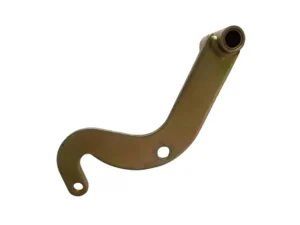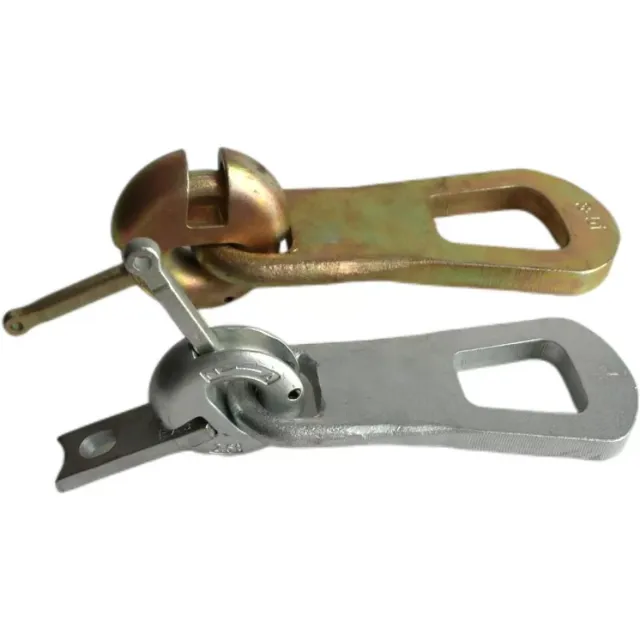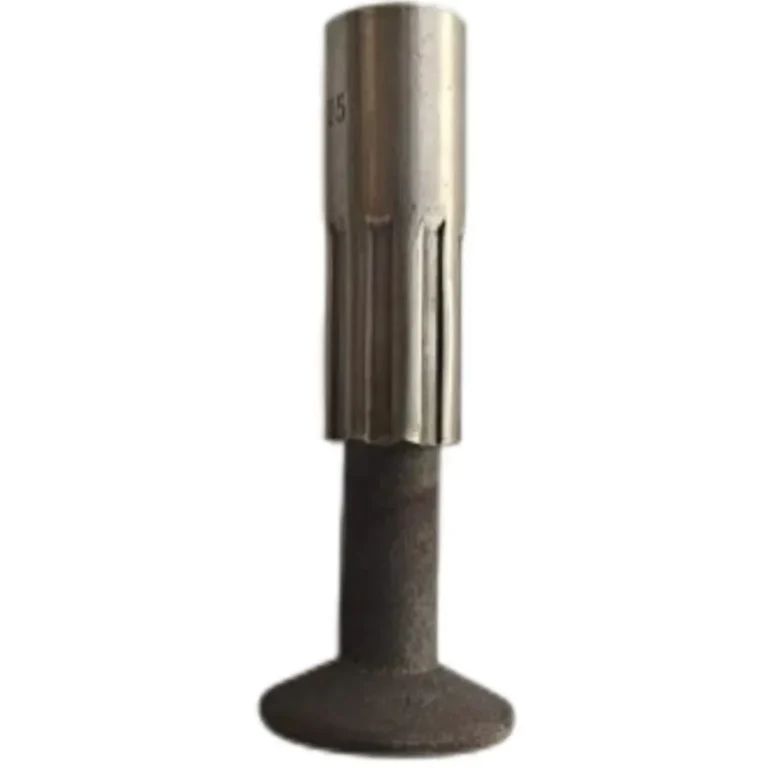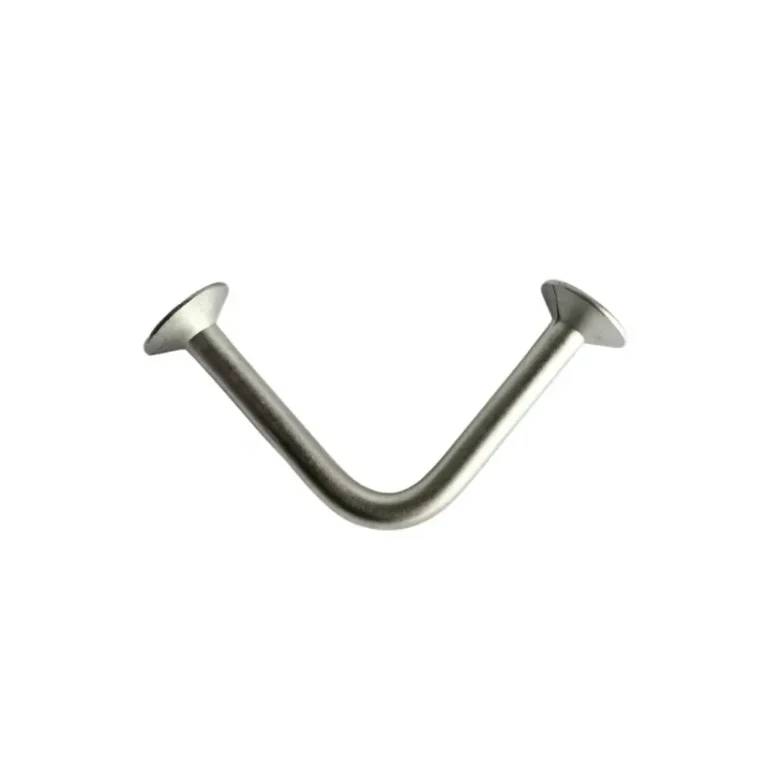Understanding Metal Brackets for Wood
Common Uses of Metal Brackets in Woodworking
Metal brackets for wood are key parts in woodworking and building projects. These connectors give strength and support to different structures. They are often used to link wooden beams, fix shelving units, and make furniture stronger. Their flexibility allows them to be used in tasks like building house frames, making decks, and creating custom cabinets.
In construction, metal brackets help keep wooden structures strong. For example, they are commonly used in roof trusses. They join wooden rafters tightly. Also, these brackets are vital in modular construction. Precision and strength are very important when putting together pre-made wooden parts. Qingdao Baoqi Intelligent Co., Ltd. produces various professional types of metal brackets, which will surely make you feel that you get more than you pay for.
Benefits of Using Metal Brackets for Wood Applications
Using metal brackets in woodworking and construction has many benefits:
- Stronger Support: Metal brackets create solid connections. They can handle heavy weights and pressures.
- Long Life: Made from materials like steel or aluminum, these brackets resist rust and damage. This ensures they last a long time.
- Easy to Install: Pre-drilled holes and standard designs make attachment simple. Screws or bolts work well with them.
- Flexible Use: Available in many shapes and sizes, metal brackets fit various woodworking needs.
- Good Looks: Decorative metal brackets can improve the appearance of furniture or building features.
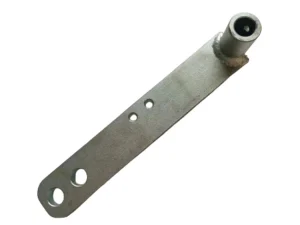
Exploring the I Shaped Metal Bracket
Design and Structure of I Shaped Metal Brackets
The I shaped metal bracket gets its name because it looks like the letter “I.” Its design has a central vertical piece. This piece connects two flat parts at the top and bottom. The structure gives a great balance of strength and weight. It is perfect for holding heavy loads while using less material.
The central piece fights against bending forces. The flat parts spread stress evenly across the bracket. This design keeps it stable. It also lowers the chance of bending under pressure. I shaped brackets are often made from strong materials. Stainless steel or galvanized steel improves their ability to carry loads. These materials also protect against weather damage.
Applications of I Shaped Metal Brackets in Mechanical Parts
I shaped metal brackets are used a lot in mechanical parts. Their strong design makes them useful in many areas:
- Machinery Frames: These brackets offer firm connections in industrial machinery frames. They keep parts aligned and stable.
- Car Parts: In vehicles, they hold engine mounts, suspension systems, and chassis pieces.
- Construction Equipment: Heavy machines like cranes or loaders use I shaped brackets. They can manage changing loads well.
- Electrical Systems: They support cable trays or conduits in electrical setups.
- Precast Systems: In construction, precast parts like walls, floors, and roof trusses use I shaped brackets. They help with quick assembly.
Materials and Manufacturing of Metal Brackets
Types of Materials Used in Metal Bracket Production
Metal brackets are made from different materials. The choice depends on their planned use:
- Steel: Known for being strong and tough, steel is great for heavy tasks.
- Stainless Steel: Resists rust very well. It is good for outdoor or ocean environments.
- Aluminum: Light but still strong, aluminum is ideal when weight needs to be low.
- Brass or Bronze: These are picked for their nice appearance. They are often used for decoration.
- Galvanized Steel: Covered with zinc to stop rust, this material is common in building projects.
The material chosen depends on weight needs, weather conditions, and cost limits.
Manufacturing Processes for Metal Brackets
Making metal brackets involves several steps. These ensure accuracy and quality:
- Forging: Heated metal is shaped with strong pressure. This makes tough, lasting brackets.
- Casting: Melted metal is poured into molds. This creates complex shapes accurately.
- Punching: Metal sheets are cut into shapes using tools called dies.
- Welding: Parts are joined with welding methods. This forms detailed designs.
- Surface Treatment: Processes like galvanization or powder coating prevent rust. They also improve the look.
Qingdao Baoqi Intelligent Co.,Ltd. offers custom services. These are designed to meet specific project needs.
The Role of Metal Brackets in Mechanical Assemblies
Supporting Structural Integrity with Metal Brackets
Metal brackets are very important in mechanical assemblies. They help keep structures strong. These parts provide the needed strength and stability. They connect different pieces securely. This ensures the assembly stays safe under pressure. Their role covers many industries. Construction and car manufacturing are two examples. Precision and strength are critical in these fields.
In construction, metal brackets are used in precast systems. These include walls, floors, and roof trusses. The brackets keep parts aligned. They spread loads evenly. This prevents bending or breaking over time. In machinery frames, metal brackets act as trusted connectors. They support the framework of industrial equipment.
The success of metal brackets comes from their design and material. Strong materials like steel or stainless steel are used. These can handle big forces. Their shapes, like L-shaped metal brackets or more complex ones, are made for specific tasks.
Enhancing Durability and Stability Through Proper Installation
Installing metal brackets correctly is very important. It ensures they last long and stay stable. Placement, fastener choice, and alignment are key factors. Wrong installation can cause problems. It may lead to misalignment. It can also create weak spots. These can harm the assembly’s strength.
For example, when fixing wooden beams with L-shaped metal brackets, care is needed. Screws or bolts must fit the bracket’s pre-drilled holes. This creates a tight connection. It prevents movement or loosening over time. Using rust-resistant materials is also important. Galvanized steel or stainless steel protects against weather damage. This makes brackets last longer.
In modular buildings, metal brackets speed up assembly. They keep structures stable. Their exact designs allow easy use in pre-made parts. This cuts down on building time and costs.
Choosing the Right Metal Bracket for Your Needs
Factors to Consider When Selecting a Metal Bracket
Picking the right metal bracket needs careful thought. Several factors should be reviewed:
- Weight Needs: Check the weight and forces the bracket must support. For heavy tasks, choose materials like steel or stainless steel.
- Weather Conditions: Think about exposure to water, chemicals, or extreme heat. Rust-resistant options like galvanized steel are best.
- Shape and Design: Different shapes give different support levels. L-shaped metal brackets work for right-angle connections. I shaped brackets are great for spreading loads.
- Size: The bracket’s size must match the parts it connects. This ensures a secure fit.
- Cost: Balance quality with budget limits. Pick a bracket that meets both performance and cost needs.
Talking to experts or manufacturers can help. They offer advice on choosing brackets for specific projects.
Comparing Different Shapes and Sizes of Metal Brackets
Metal brackets come in many shapes and sizes. Each fits different uses:
- L-Shaped Metal Brackets: Perfect for corner joints or right-angle connections. They are used in furniture and cabinets.
- I Shaped Metal Brackets: Known for their strength-to-weight balance. They are common in heavy machinery frames and precast systems.
- T-Brackets: Made to join three parts at right angles.
- Flat Brackets: Used to strengthen flat surfaces. They add little bulk.
- Custom Shapes: Special designs meet unique needs. Standard options may not work in these cases.
Knowing each shape’s benefits helps with decisions. For woodworking projects needing both function and style, decorative L-shaped metal brackets are a good pick.
Qingdao Baoqi Intelligent Co.,Ltd. provides custom services. These are tailored to unique project details.
Frequently Asked Questions
What are some common uses of L-shaped metal brackets?
They are often used for corner joints in furniture, shelving units, and wooden beam connections.
How do I choose between stainless steel and galvanized steel brackets?
Stainless steel resists rust better but costs more. Galvanized steel offers good protection at a lower price.
Can metal brackets be used outdoors?
Yes, especially if made from weather-resistant materials. Stainless steel or coated finishes work well.
What affects the durability of a metal bracket?
Material quality, installation methods, weather exposure, and weight capacity all impact durability.
For more details about our products, backed by over 10 years of expertise with ISO-9001-certified plants, contact Qingdao Baoqi Intelligent Co.,Ltd.!

